Executive Headshots: What You Need To Know About Retouching
I am committed to taking great executive headshots while respecting your time. This is a great deal of responsibility, but I thrive on that. Almost two decades of experience in the field has taught me the essential role executive headshots serve in building a successful brand. I am proud to have created a process that showcases executives at their best — no matter where they might fall on the professional ladder.
People often ask about retouching, and how I specifically deal with that. While I have written a previous post on it, I thought some of the themes in it deserved their own posts, to help clients understand what retouching is and why it is so important.
What is retouching?
The first step is to define retouching — what is it anyway? Using the latest professional imaging software, mainly Photoshop, I improve your headshot to make it look natural and professional, and enhance its overall look.

Is it necessary? Yes, and there are many reasons why your photo should be retouched, and why it is an industry standard to do so. But let’s backtrack a bit to the part right before retouching occurs.
How does it work?
The first step before retouching a photo is to select the right headshot. I always provide my clients with all their options, and give them ample time to decide which one they believe reflects their brand best. In addition, I always recommend asking a friend or family member for their opinion, in order to get a broad sample. The best executive headshots enable the subject to balance professionalism while still looking approachable and personable. If you are unsure of which photo is the best one, do not be afraid to ask for opinions!
Once you have selected the right headshot for your brand, that is where I come in. Retouching is a natural part of the process that helps minimize flaws. Some clients might not be very enthusiastic about it, but it is a standard part of photographing headshots. Everyone has their flaws, and retouching allows for an improved headshot without changing fundamental aspects of the subject of the photo.
That is where the confusion lies, and it is an important distinction to make. Retouching will not change the photo altogether, nor should it. Instead, it allows photographers to make small changes to improve the overall quality of the photo, so the subject of the shot looks their best.

So What Gets Retouched?
Well, here’s a quick bullet list that I discussed in my earlier post as a starting point:
- remove stray hairs
- soften skin, but not overly soft
- lighten under the eyes
- remove any blemishes
- remove any lint or distracting spots in the background
- slightly brighten the whites of the eyes and teeth
- color balance overall image
- warm skin tones slightly
- increase the saturation of the whole image a little
- crop as needed
As you can see, these are very small changes, but they do wonders for the overall photo. Small flaws such as stray hairs, bags and blemishes are elements that are better removed. You can work with your photographer to establish what kind of retouching you are comfortable with, and if there are certain areas you would rather leave as is.
Reducing the need for retouching
Similarly, you can ask your photographer in advance for tips about concealing flaws and reduce the need for retouching. Keeping the background distraction-free is one important tip. Another is to keep a small emergency kit during the photo shoot. This might include concealer, spot removers, and other small items that can help make the shoot go smoothly.
Ultimately, retouching is an important part of the photography process, and can help improve the overall quality of the headshot. Before your session, work with your photographer to establish the key aspects you are trying to communicate and what retouching you are comfortable with. This planning beforehand will help reduce the turnaround time for retouching.
To learn more about the executive headshot process, and the different terminology involved that might be confusing, please contact us today.









